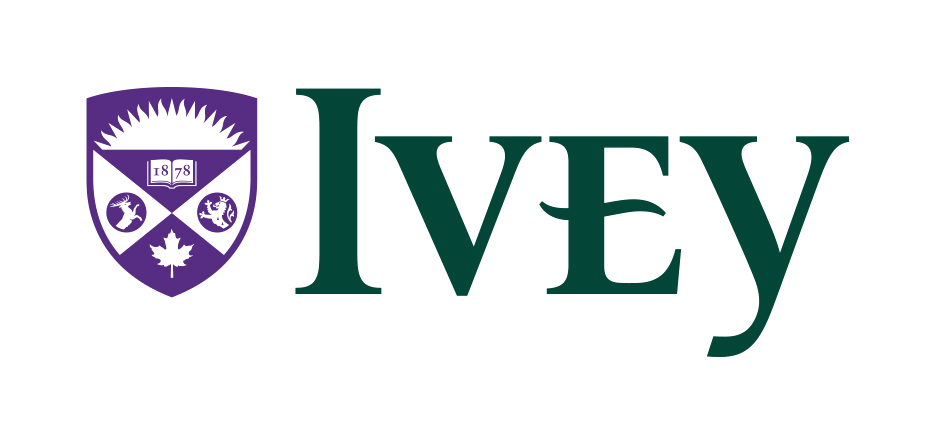Behavioural
Economics
Session 2


Joshua
Foster

Agenda
- Behavioural Business/Public Policy Proposal.
- Case: Creating the French Behavioral Insights Teams.
The Behavioural Proposal
- What: A group project due at the end of the semester (35% of grade, groups TBD).
- Objective: use behavioural economics to find ways of improving our communities through public policies or business practices.
- Deliverables: (a) report, and (b) group presentation.
Report is a slide deck, no explicit page limit.
Presentations will likely be 15 minutes per group.
What a successful project will do:
- Identify an important social or a business problem.
- Demonstrate how a behavioural theory can explain the problem.
- Provide a solution that could feasibly fix the problem with behavioural principles.
- Communicate the expected improvements that result from the proposed policy being implemented.
The big ideas will be in the presentation, the details will be in the report.
See the syllabus for additional details (and chat with me).
Advice for the proposal.
- Pick a topic you're passionate about!
- Reach out to me early and often with your ideas/progress.
My hope for each of you.
- Feel empowered to use behavioural theory on your journey of making the world a better place.
What is the central problem Chammat and Giraud must solve in this case?
Generally speaking, who are the key stakeholders across public policy projects?
In an ideal world, how would a public policy project serve its stakeholders?
Libertarian Paternalism
A process in which a Choice Architect designs an economic environment with the explicit intent of helping individuals making suboptimal decisions (as judged by themselves), while not significantly harming individuals whose behavior is already optimal (as judged by themselves).
Libertarian Paternalism is an oxymoron.
What is the inherent tension embedded in this philosophy to public policy?
Do you believe government should put equal weight on both aspects of Libertarian Paternalism?
How would you evaluate whether a nudge actually respects personal liberties?
Let's change the context.
Now suppose Chammat and Giraud are consulting for a company that is developing a product or service for a particular bias. Generally speaking, who are the key stakeholders across such market-based projects?
Generally speaking, how would a market-based project serve its stakeholders?
What might we consider when evaluating whether a problem is likely to be served better by a market-based solution or by a public solution?
| 1) | 2) |
| 3) | 4) |
| 5) | 6) |
Assignment Questions
- What are the primary objectives of the initiative?
- What types of tools will your team likely want to have access to for the initiative?
- What challenges will the behavioural team likely to face with the initiative?
- What does success look like? How is it communicated with the general public?
| Group 1 | Otis Ding | Emma Jewell | Junsoo Pak | Sarah Smith | Jackie Yuan | Aidan Zia | |
| Group 2 | MK Dao | Aya Aherdan | Laura Amelie Cordeddu | Elaine Lin | Andrew Yang | Grace Cousineau | |
| Group 3 | Miriam Youssef | Jack McDonnell | Gabriel Sinha | Nathan Mark | Ricky Chiu | Rongrui Mao | |
| Group 4 | Ryan Mitchener | Abhi Ravipati | Johann Abraham (He/Him) | Madie Erauw | Andrew Korne | Jessica Luo | |
| Group 5 | Caitlin Trinh | Mathis Zanzucchi | Peter Guo | Carrie Malkin | Tessa Fois | Emily Tao | |
| Group 6 | Kyle Kim | Asher Teperson | Newt Chen | Amelie Pirotte | Liam Geddes | Peyton Kou | |
| Group 7 | Ben Goring | Nienke Toonen | Clemence Valet | Mallery Fischer | Andrew Feng | Cheuk Yee Chen | |
| Group 8 | Elliott Wardle | Michael Wei | Armaan Sandhu | Cole Smith | Uttej Mannava | Oren Joffe | Sadiyah Sajjad |
| Group 1 | Joanne Shao | Jack Hogan | Braeden Stewart | Stefano Ruggieri | Maurice Ma | Keegan Smith |
| Group 2 | Kieran Amoroso | Fiona Fan | Yusuf Nissar | Emmett Koles | Cole Purdell-Lewis | Adam Ramkissoon |
| Group 3 | Sudipta Sarkar | Laith Amad | Zi Li | Steven Grano | Hannah Jeon | Sarinah Goolam |
| Group 4 | Vanessa Chen | Ethan Gilhula | Michael Thien | Gabe Evans | Hooman Mohammadi | Andrew Ko |
| Group 5 | Jasmine Gu | Simon Hungate | Sanaa El Fatihi | Xin Zeng | Nicholas Giangregorio | Carol Xu |
| Group 6 | Sabrina So | Sarah Shao | Emma Bradacs | Evan Scrivener | Florence Rouvez | Ryan Pin Harry |
| Group 7 | Jackson Su | Andy Hwang | Joseph Spadafina | Oliver He | Hanisha Dhoofar | Isabella Valdez |
| Group 8 | Connie Xu | Alessandro Panetta | Francesco Rende | Harvey Zhu | Travis MacKay |
This will be a semester-long process.
- Keep thinking and exploring new project ideas.
- Use the library of biases we develop as fuel.
- And remember: have fun!